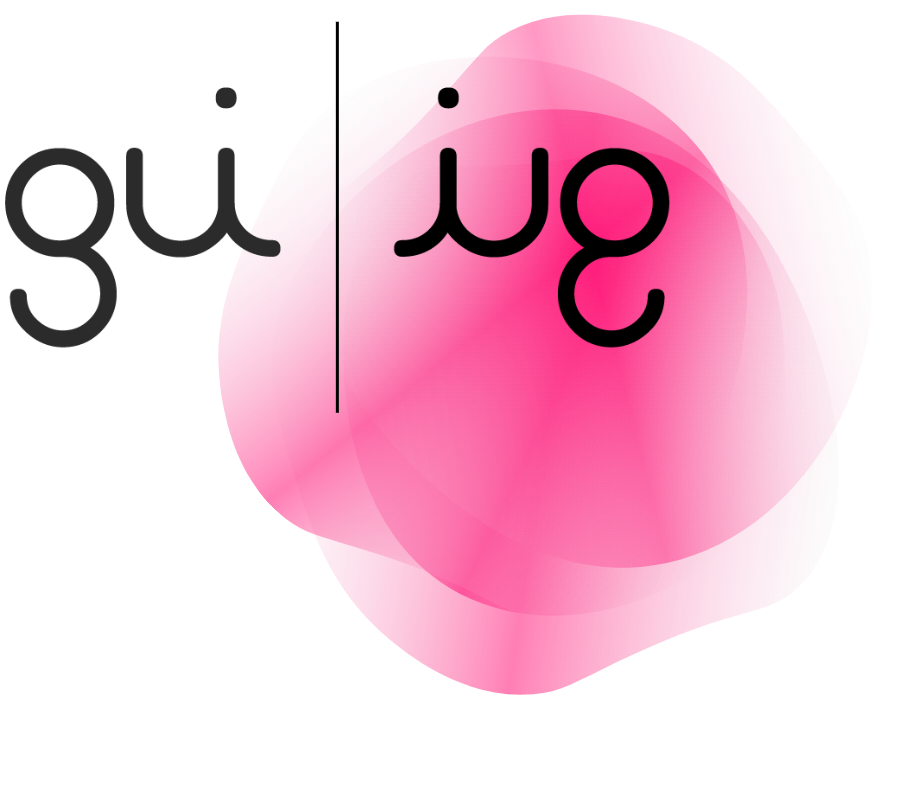About IUG
The IUG – Institute for Environment and Design has been supporting innovative projects in the fields of art history and artistic research since 2023.
The term ‘Environment’ in our name refers to the social environment, the context in which we act and think. This term covers questions ranging from those of cohabitation and sustainability to environmental protection. With ‘Design,’ we refer to an almost untranslatable term from the German language (Gestaltung) that encompasses both the process of artistic form-finding as well as the active influence exerted upon processes in society.
Our funding work is guided by an understanding of the field of artistic research as a method by which unconventional scientific and artistic approaches can be initiated that not only reflect, but also co-determine events, situations, and states. We understand the double structure of ‘doing’ and ‘thinking’ as non-hierarchically arranged. We see in our task an opportunity to support young scholars and artists in their projects, projects that take unusual twists and turns, projects that are informed by their relation to contemporary discourses. This approach allows us to accompany projects that open up new and critical ways of thinking about art and culture as they manifest in society, all while placing our institute and its projects into relation with similar initiatives all over the globe.
Artistic Research is one of the most discussed fields in higher education today and yet has thus far found no firm anchoring in either academic policy or the professional realm. Although its methods and infrastructures remain for now neither centralized nor standardized, figures in the field are already busy applying both their findings and approaches. This discrepancy, between active scholarship and a lack of agreed-upon scholarly guidelines, brings up important questions. First among these is how artistic research—as an embodiment of the relationship between art and science—can be methodologically and discursively defined. Our institute acts within this still radically open context as a bridge between individuals, already actively engaged in theory and practice, and the institutional or professional contexts where their work can be most effectively anchored, whether that be in the form of universities or art academies, museums, galleries, or other cultural organizations.
